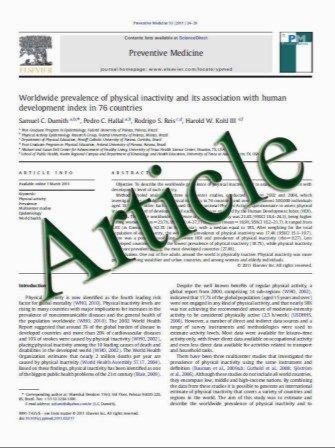Involvement of Nucleotide Excision and Mismatch Repair Mechanisms in Double Strand Break Repair
- نوع فایل : کتاب
- زبان : انگلیسی
- مؤلف : Ye Zhang1,2,*, Larry H. Rohde2 and Honglu Wu1
- چاپ و سال / کشور: 2009
Description
Living organisms are constantly threatened by environmental DNA-damaging agents, including UV and ionizing radiation (IR). Repair of various forms of DNA damage caused by IR is normally thought to follow lesion-specific repair pathways with distinct enzymatic machinery. DNA double strand break is one of the most serious kinds of damage induced by IR, which is repaired through double strand break (DSB) repair mechanisms, including homologous recombination (HR) and non-homologous end joining (NHEJ). However, recent studies have presented increasing evidence that various DNA repair pathways are not separated, but well interlinked. It has been suggested that non-DSB repair mechanisms, such as Nucleotide Excision Repair (NER), Mismatch Repair (MMR) and cell cycle regulation, are highly involved in DSB repairs. These findings revealed previously unrecognized roles of various non-DSB repair genes and indicated that a successful DSB repair requires both DSB repair mechanisms and non-DSB repair systems. One of our recent studies found that suppressed expression of non-DSB repair genes, such as XPA, RPA and MLH1, influenced the yield of IRinduced micronuclei formation and/or chromosome aberrations, suggesting that these genes are highly involved in DSB repair and DSB-related cell cycle arrest, which reveals new roles for these gene products in the DNA repair network. In this review, we summarize current progress on the function of non-DSB repair-related proteins, especially those that participate in NER and MMR pathways, and their influence on DSB repair. In addition, we present our developing view that the DSB repair mechanisms are more complex and are regulated by not only the well known HR/NHEJ pathways, but also a systematically coordinated cellular network.
Current Genomics, 2009, 10, 250-258 Received on: February 20, 2009 - Revised on: March 28, 2009 - Accepted on: March 30, 2009


